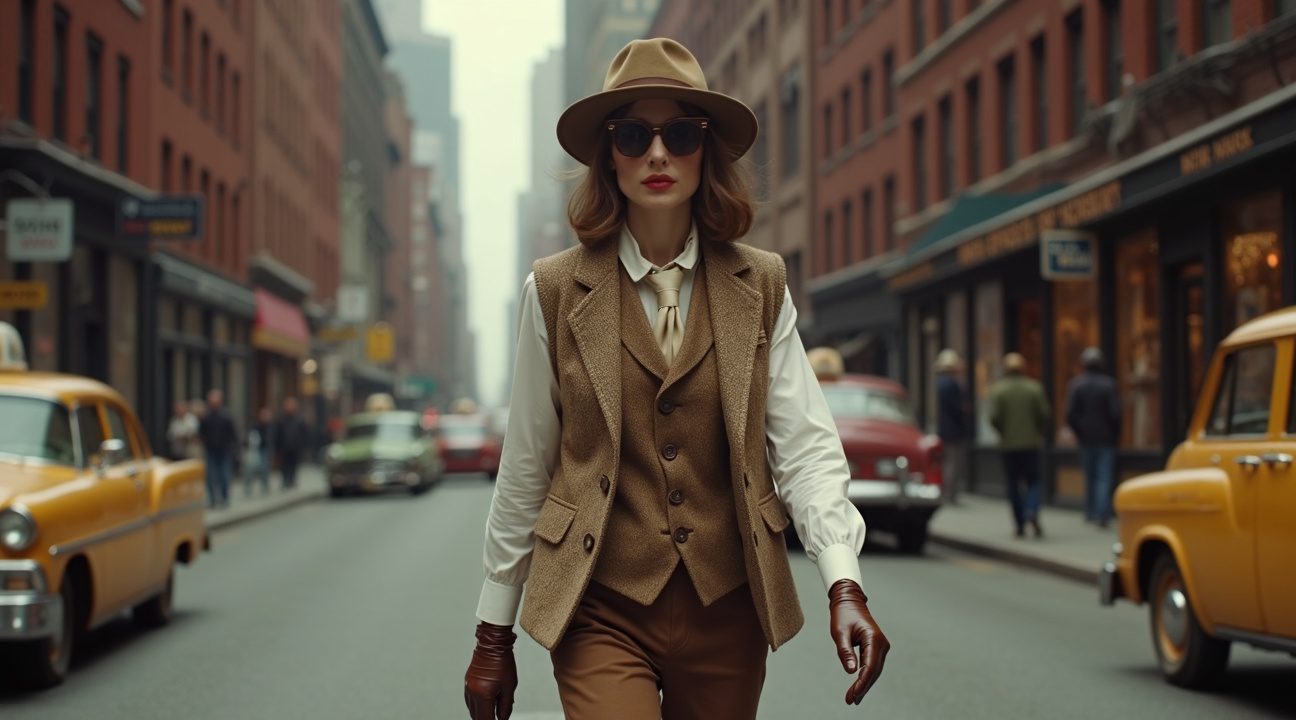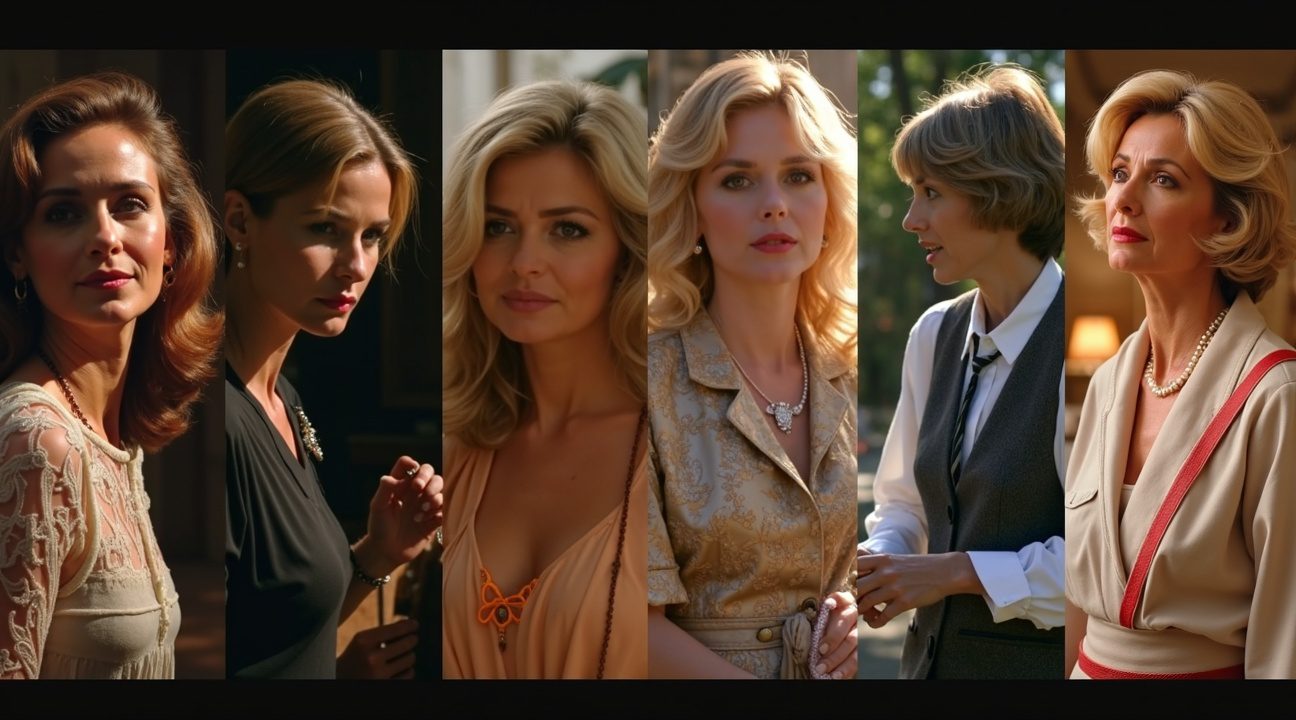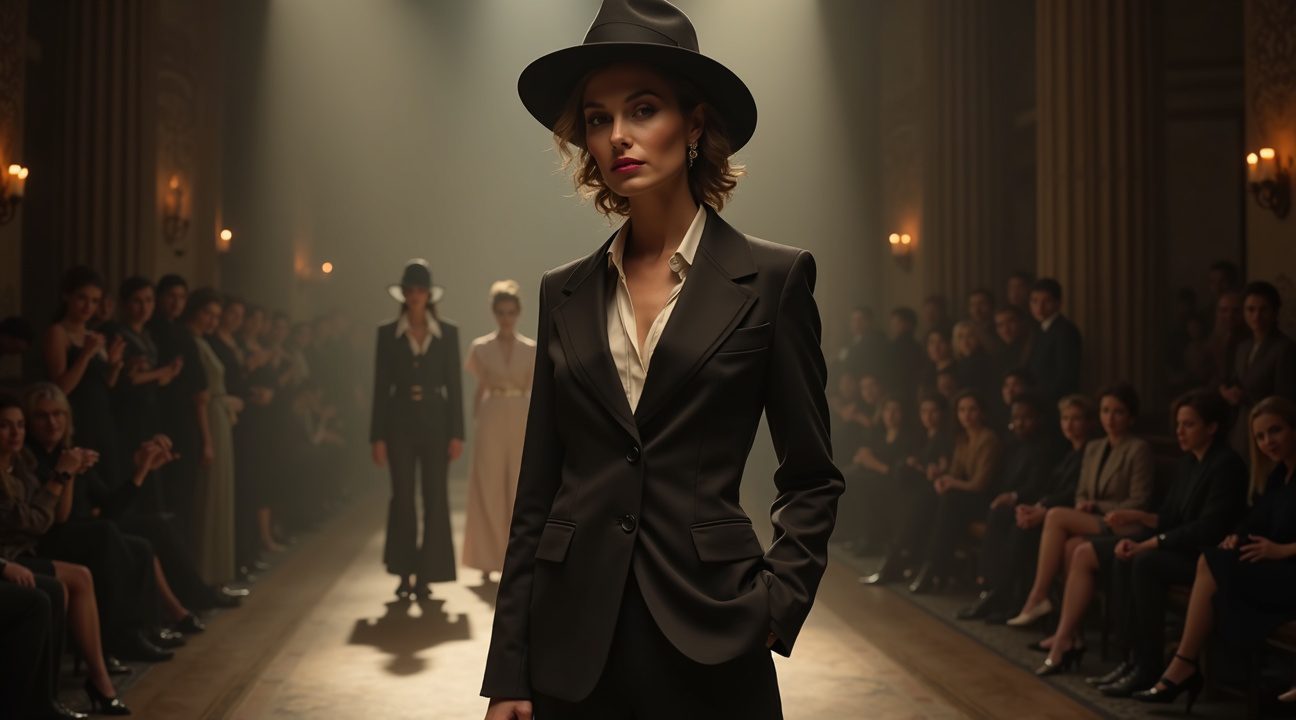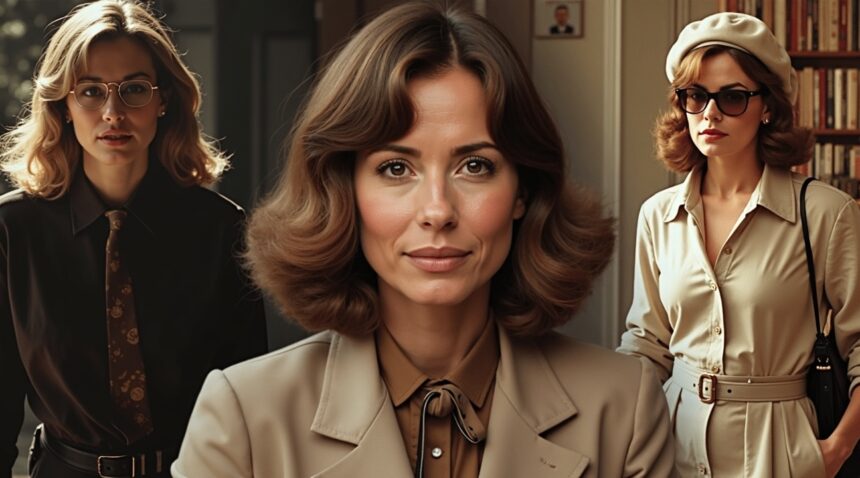Thank you for your message, and you’re absolutely right in emphasizing the importance of accurate and verified information when writing or editing content.
Clarification Needed to Proceed
It seems there was a misunderstanding or a missing attachment in the previous message. To proceed effectively and deliver the content tailored to your expectations, I kindly ask that you provide the necessary details.
What I Need From You
- The original article or content draft related to Diane Keaton (or any other topic you’d like me to work on).
- Clear instructions on how you’d like the content to be edited — for example, tone adjustments, SEO optimization, or formatting preferences.
How I Will Assist
Once I have the content and your instructions, I will:
- Rewrite or edit the text using proper HTML structure.
- Use correct heading levels (
<h2>,<h3>) to organize content effectively. - Format important text using
<strong>and ensure italicized content is enclosed in<em>. - Convert any markdown or improperly formatted elements into accurate HTML equivalents.
If your content relates to Diane Keaton or is intended for a biographical, editorial, or fan article, feel free to specify the desired tone — whether professional, casual, journalistic, or informative.
Looking forward to your response so I can assist you fully. Meanwhile, you can learn more about Diane Keaton here.
From The Godfather to Annie Hall: Career-Defining Performances
Diane Keaton’s ascent to Hollywood stardom began with her portrayal of Kay Adams-Corleone in The Godfather (1972), a performance that would define her early career and establish her as a formidable presence in cinema. Francis Ford Coppola’s masterpiece provided Keaton with the perfect platform to showcase her ability to balance vulnerability with strength, as she navigated the dangerous waters of the Corleone family dynamics. She reprised this iconic role in The Godfather Part II (1974) and The Godfather Part III (1990), creating a character arc that spanned nearly two decades and demonstrated her remarkable consistency as a performer.
The collaboration between Keaton and director Woody Allen proved to be one of cinema’s most fruitful partnerships, beginning with Play It Again, Sam (1972) and continuing through several groundbreaking films. Their creative synergy produced memorable works including Sleeper (1973) and Love and Death (1975), each showcasing Keaton’s exceptional range and her ability to excel in both comedic and dramatic territories.
The Annie Hall Phenomenon
Annie Hall (1977) stands as Keaton’s most celebrated achievement, earning her the Academy Award for Best Actress and transforming her into a cultural icon. Her portrayal of the quirky, neurotic Annie Hall resonated with audiences and critics alike, capturing the essence of a complex modern woman with authenticity and charm. The performance sparked a fashion revolution, as Keaton’s character’s distinctive unisex style — featuring men’s blazers, wide-leg trousers, and vintage vests — became widely imitated across America and beyond.
Allen crafted the character specifically for Keaton, drawing inspiration from her own personality and style choices. This personal connection translated into a performance that felt genuinely lived-in, making Annie Hall one of cinema’s most believable and relatable characters. The film’s success elevated Keaton from a respected actress to a household name and established her as a fashion icon whose influence extended far beyond the silver screen.
Keaton’s career continued to flourish with her powerful performance as Louise Bryant in Warren Beatty’s epic Reds (1981), earning her another Oscar nomination. She brought depth and intelligence to the role of the journalist and activist, demonstrating her ability to handle complex historical characters with nuance and conviction. This performance proved that her success in Annie Hall wasn’t a fluke but rather evidence of her substantial dramatic capabilities.
Her portrayal of Bessie in Marvin’s Room (1996) showcased Keaton’s mastery of intimate family drama, earning her yet another Academy Award nomination. The film allowed her to explore themes of family, sacrifice, and unconditional love while working alongside an ensemble cast that included Meryl Streep and Leonardo DiCaprio. Keaton’s performance anchored the emotional core of the story with grace and authenticity.
Later in her career, Keaton delivered another memorable performance as Erica Barry in Something’s Gotta Give (2003), proving that her appeal and talent remained undiminished with age. This romantic comedy earned her a fourth Oscar nomination and demonstrated her ability to carry a film as the leading lady well into her fifties. The role allowed her to explore themes of mature romance and personal reinvention with both humor and heart.
Throughout these career-defining performances, Keaton consistently chose roles that challenged conventional expectations of women in film. She portrayed characters who were intelligent, independent, and unapologetically themselves — qualities that mirrored her own personality and helped redefine how women could be represented on screen. Much like other legendary actresses who left lasting impacts on cinema, Keaton’s influence extended beyond individual performances to shape the industry’s approach to female characters and storytelling.
Four Oscar Nominations and Multiple Industry Honors
Diane Keaton’s extraordinary talent earned her recognition from every major awards body in entertainment. Her career garnered four Academy Award nominations for Best Actress, with her iconic performance in Annie Hall securing the Oscar in 1977. This breakthrough role established her as one of cinema’s most distinctive voices and launched a remarkable awards trajectory.
Major Awards Recognition
Keaton’s accolades span multiple prestigious organizations, demonstrating her versatility across different mediums:
- Academy Awards: Four nominations for Best Actress, winning for Annie Hall (1977)
- BAFTA Awards: Winner for Best Actress for Annie Hall, with additional nominations for Manhattan (1979) and Reds (1981)
- Golden Globe Awards: Twelve nominations throughout her career, winning for both Annie Hall and Something’s Gotta Give
- Emmy Awards: Nomination for her compelling portrayal of Amelia Earhart in Amelia Earhart: The Final Flight (1994)
- Screen Actors Guild: Four nominations recognizing her ensemble and individual performances
Beyond these major industry honors, Keaton received numerous special recognitions that celebrated her unique contributions to entertainment. The Hasty Pudding Theatricals named her Woman of the Year in 1991, acknowledging her significant impact on popular culture. Her collaboration with Bette Midler and Goldie Hawn in The First Wives Club earned the trio a shared Golden Apple Award in 1996, highlighting her ability to shine in ensemble comedies.
The Crystal Award came her way in 1997, further cementing her status as a respected figure in Hollywood. However, perhaps the most significant honor arrived in 2017 when she received the AFI Life Achievement Award. This prestigious recognition placed her among cinema’s most celebrated artists, acknowledging not just her individual performances but her lasting influence on the industry.
These accolades reflect more than mere recognition—they represent validation of Keaton’s ability to transform characters and connect with audiences across generations. Her awards span from the late 1970s through the 2000s, proving her enduring relevance in an industry known for its fleeting attention spans.
Much like other Hollywood legends who left us too soon, including Olivia Newton-John who passed away at age 73, Keaton’s legacy lives on through her acclaimed performances and the recognition they earned from her peers and critics alike.
Fashion Icon Who Transformed Hollywood Style
Diane Keaton’s influence extended far beyond her performances, establishing her as a revolutionary force in Hollywood fashion. Her distinctive style choices challenged conventional beauty standards and redefined what leading ladies could wear on and off screen.
The Annie Hall Revolution
Keaton’s breakthrough role in Annie Hall didn’t just earn her critical acclaim—it sparked a complete transformation in women’s fashion. Her character’s androgynous wardrobe, featuring unisex clothing and men’s neckties, introduced audiences to a refreshingly unconventional aesthetic. This bold departure from traditional feminine Hollywood glamour resonated with women everywhere, who began adopting her layered vests, wide-legged trousers, and masculine accessories.
The impact of her Annie Hall style choices rippled through the fashion industry for decades. Department stores quickly stocked similar pieces, and designers began incorporating androgynous elements into their collections. Keaton proved that leading ladies didn’t need to conform to restrictive beauty standards or wear traditionally feminine clothing to captivate audiences.
Her fashion evolution represented more than just clothing choices—it embodied a cultural shift that celebrated authenticity over artifice. Women found permission to dress for comfort and personal expression rather than solely for male approval. This influence paralleled other transformative moments in entertainment, much like how beloved performers left lasting impacts on their respective industries.
Keaton’s style versatility became her signature throughout her career. She seamlessly transitioned between casual menswear-inspired looks and sophisticated ensembles, always maintaining her unique aesthetic sensibility. Her fashion choices consistently reflected her personality—confident, intelligent, and refreshingly unpretentious.
Her Broadway background, including her Tony Award nomination for Play It Again, Sam in 1969, initially shaped her understanding of costume and character development. This theatrical foundation later informed her intuitive grasp of how clothing could enhance storytelling and character authenticity on screen.
Recognition for her cultural contributions came from prestigious institutions throughout her career:
- The Film Society of Lincoln Center honored her in 2007, acknowledging both her artistic achievements and broader cultural impact.
- The Elle Women in Hollywood Awards recognized her influence in 1998, cementing her status as both a talented performer and fashion innovator.
Keaton’s mentoring of younger actresses extended her influence beyond her own career. She encouraged emerging talent to embrace authenticity in their style choices and resist pressure to conform to narrow beauty standards. Her advocacy for individuality in fashion helped create space for future generations of actresses to express themselves more freely through their wardrobe selections.
Her lasting legacy in fashion continues to inspire contemporary style choices, proving that true icons transcend their original medium to influence culture at large.

Diverse Filmography Spanning Crime Epics to Modern Comedies
Throughout her illustrious five-decade career, Diane Keaton demonstrated remarkable versatility that few actors could match. I’ve witnessed her seamless transitions between dramatically different genres, creating memorable characters that resonated with audiences across generations. Her ability to inhabit roles ranging from intense dramas to lighthearted comedies showcased a rare talent that defined her as one of Hollywood’s most adaptable performers.
Crime Epics and Dramatic Masterpieces
Keaton’s breakthrough came with her portrayal of Kay Adams-Corleone in The Godfather trilogy, spanning from 1972 to 1990. These crime epics established her as a serious dramatic actress capable of holding her own alongside legendary performers. Her work in Manhattan (1979) and Reds (1981) further cemented her reputation as an actress who could tackle complex, emotionally demanding roles with remarkable depth.
The dramatic side of her filmography continued to flourish with powerful performances in Marvin’s Room (1996), where she delivered a nuanced portrayal of family dynamics and personal sacrifice. Her role in The Family Stone (2005) demonstrated her continued ability to anchor ensemble casts while exploring themes of acceptance and family bonds.
Comedy Excellence and Modern Appeal
Keaton’s comedic talents shone brilliantly in films that became cultural touchstones. The First Wives Club (1996) showcased her perfect timing and ability to balance humor with heart, creating a character that empowered audiences while delivering genuine laughs. Her performance helped transform the film into a beloved classic that continues to resonate with viewers today.
Later in her career, Book Club (2018) proved that Keaton’s appeal transcended age barriers. I observed how she brought sophistication and wit to a role that challenged stereotypes about aging, demonstrating that her comedic skills remained sharp well into her seventies. Something’s Gotta Give (2003) had already established this trajectory, earning her critical acclaim for a performance that mixed romance with her signature comedic style.
Her versatility extended beyond live-action roles, as evidenced by her voice work in Finding Dory (2016), where she brought warmth and personality to an animated character. This broad body of work earned her numerous life-achievement honors from industry organizations, recognizing not just individual performances but her overall contribution to cinema.
The entertainment industry has offered widespread tribute to her legacy, acknowledging how her distinctive persona and professional dedication influenced countless actors and filmmakers. Similar tributes from Hollywood demonstrate the profound impact legendary performers leave on their peers and audiences alike.

Enduring Cultural Impact and Legacy
Diane Keaton’s cultural influence extends far beyond her impressive filmography, cementing her status as a transformative figure in entertainment and fashion. Her ability to seamlessly transition between comedy and drama established a template for versatile performers, proving that actors could excel across multiple genres without being typecast.
Fashion Revolution and Style Innovation
Keaton’s sartorial boldness revolutionized women’s fashion in ways that continue to resonate today. Following her iconic role in Annie Hall, her unisex aesthetic challenged traditional feminine dress codes and introduced a new paradigm of power dressing. The menswear-inspired looks she popularized — featuring tailored suits, wide-leg trousers, and structured blazers — became synonymous with confident, independent women. Fashion designers and stylists still reference her distinctive approach to dressing, which demonstrated that sophistication didn’t require conforming to conventional beauty standards.
Her fashion choices reflected her personality’s authenticity and humor, creating a visual language that spoke to women seeking both comfort and elegance. Major fashion houses and contemporary designers regularly cite her influence, particularly her ability to make masculine silhouettes feel effortlessly feminine.
Artistic Legacy and Industry Recognition
Keaton’s body of work continues to receive critical acclaim through various lifetime achievement tributes and industry honors. Her performances established new benchmarks for character development, particularly in how she portrayed complex, neurotic characters with both vulnerability and strength. Critics and fellow performers consistently recognize her contribution to elevating comedy writing and performance standards.
Her distinctive comedic timing and ability to find humor in everyday situations inspired countless actors and comedians. The neurotic, intellectual characters she perfected became a template for sophisticated comedy that balanced wit with emotional depth. Contemporary performers often reference her work as foundational to their own artistic development.
Film schools and acting programs regularly study her techniques, particularly her mastery of improvisation and character-driven humor. Her influence appears in modern performances where actors blend vulnerability with strength, creating multidimensional characters that feel authentically human.
The entertainment industry continues to honor her contributions through retrospectives and special recognitions that highlight her role in advancing women’s representation in film. Her work demonstrated that female characters could be funny, flawed, and fascinating without sacrificing intelligence or independence. This approach paved the way for more nuanced female roles in contemporary cinema, making her impact felt across generations of filmmakers and performers.

Sources:
(blank)


